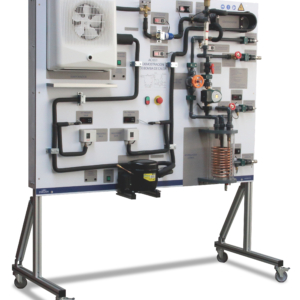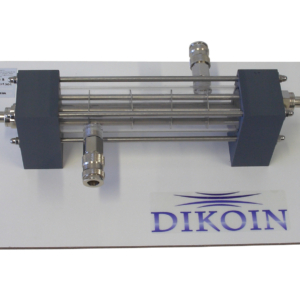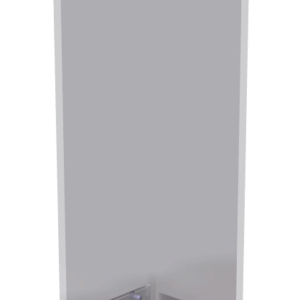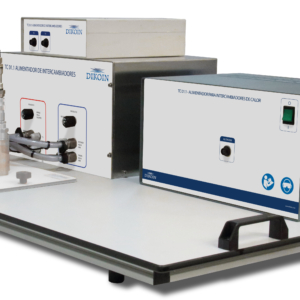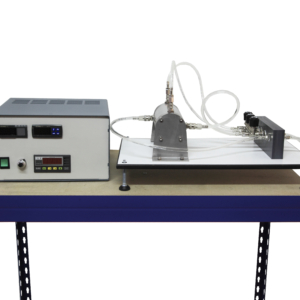AC 03.1 – Heat Pump Demonstration
The AC 03.1 equipment demonstrates clearly the operation of a heat pump air / water.
The system consists of: compressor, circulating pump, flow control valve, storage tank, condenser, filter / drier, expansion valve and evaporator fan, water flow meters, temperature sensors and pressure displays at strategic points circuit.
With this complete teaching unit, it can be studied with clarity the use of environmental energy to heat water.
The refrigerant absorbs ambient heat when passing through the evaporator with a fan, and subsequently transferred to the water in the condenser.
The hot water storage tank is equipped with an internal heat exchanger, which can be connected to the network, to exchange energy with the flow of water.
The heat absorbed by the water in the condenser, turn to hot water tank, where the heat energy can be exchanged with the flow of water.
The system is also ready to operate in open circuit, ie the mains water can enter directly to the condenser, which have instantaneous heating.
- Study of the operation of a heat pump.
- Study of the main components of the heat pump.
- Representation of reversible thermodynamic processes.
- Control of the temperatures and pressures in the process.
- Harnessing the accumulated heat.
- Energy balances:
- Open circuit.
- In closed circuit.
- R134a
- Power: 533 W
- Displacement: 6,1 cm3
- Nominal intensity: 1,58 A
- Máximum intensity: 2,23 A
- Nominal voltage: 220-240V
- Finned evaporator fan.
- Power: 380W
- Nominal intensity: 230 V
- Nominal speed: 1500 rpm
- Airflow: 250 m3 /h
- Scale: 35-350 l/h
- Exchanger concentric tubes.
- Hot water tank with internal heat exchanger.
- Capacity: 5,5L.
- Circulation hot water circuit by circulator.
- Temperature sensors:
- Input and output of the refrigerant to the condenser.
- Input and output of the water to the condenser.
- Input and output of the water to the coil.
- Pressures:
- Input and output of the refrigerant to the compressor.
- Flows:
- Water flow through the condenser.
- Water flow through the coil of the accumulator.
- Heating with accumulation in the water tank.
- Direct heating of water with the refrigerant-water exchanger.
- Input: 230V/50Hz.
- Water supply.
- Waste water connection.


